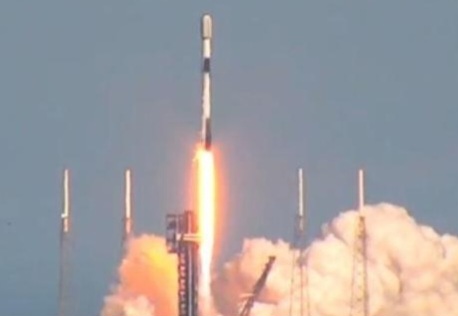On Saturday, SpaceX successfully launched 21 additional Starlink satellites into lower Earth orbit from Cape Canaveral Space Force Station after a delay on Friday. The Falcon 9 rocket lifted off from pad 30 at 2:18 p.m., and the first stage booster landed on the A Shortfall of Gravitas droneship in the Atlantic Ocean about 8.5 minutes later.
Thirteen of the satellites are equipped with “Direct to Cell” capabilities.
This flight marked the 17th launch for the first stage booster, which had previously supported 12 other Starlink missions and consistently returned to the droneship after each mission.
With this launch, SpaceX has completed 17 Falcon 9 missions in 2025, 11 of which were Starlink flights. Since the first Starlink satellite launch in 2018, nearly 7,000 satellites have been deployed, with a goal of reaching 42,000, according to Space.com.
SpaceX also plans to launch its first-stage booster off the coast of the Bahamas on Monday, following meetings with Bahamian leaders on the event.
Meanwhile, in New Zealand, Rocket Lab launched five satellites at 9:43 a.m. local time on Sunday (3:43 p.m. EST Saturday) from its private orbital site in Mahia, following a previous delay. This launch was the fourth of five Electron missions for French company Kineis. Rocket Lab’s constellation of 25 nanosatellites enables global object tracking and data transmission for real-time decision-making, including monitoring and alerting.















